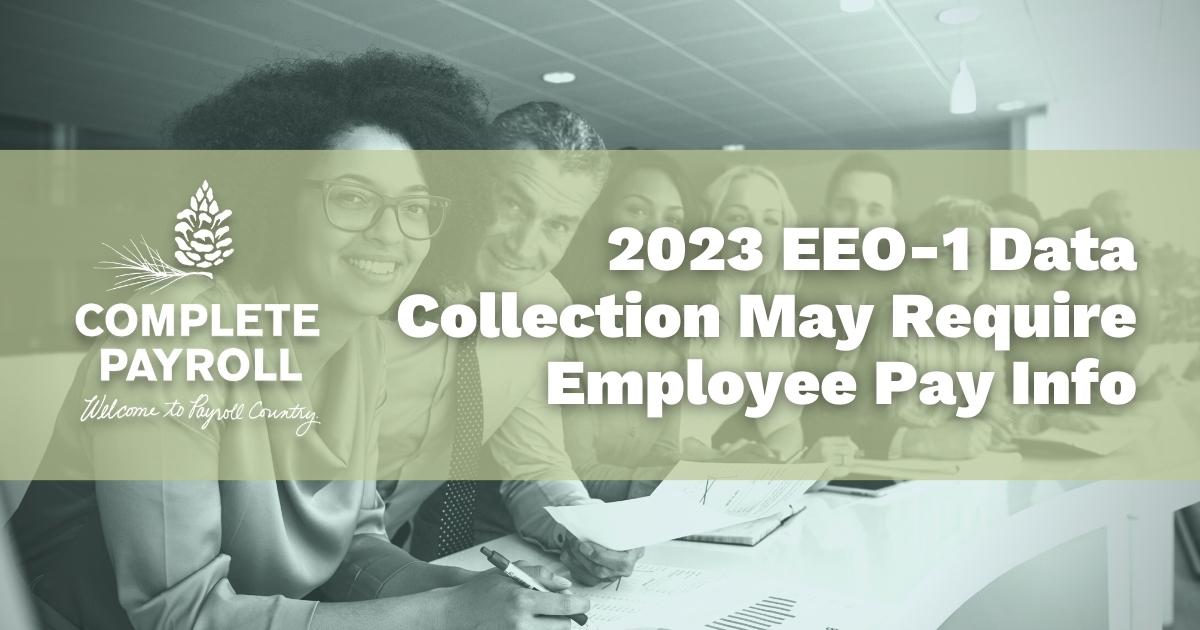
Choosing the appropriate legal form for a business is one of the first issues most entrepreneurs must resolve. It's a critical decision at the formation stage and also as a business grows. Sole proprietorships usually are the easiest. Corporations offer some different advantages, but often with additional complexity. We've got a table that helps review your options.
This table overviews the different types of legal structures for businesses. Even if your business has been in existence for a while, it may be time to review your options. There can be many complexities in determining the best legal structure and a qualified attorney may be of value when evaluating your choices.
At a minimum, consider the following issues when evaluating the business structure decision:
- Number of owners
- Personal liability of owners
- Tax treatment
- Control and management
- Capital contributions
Here is a chart that provides some of the basic information to consider:
| Business Structure Alternatives | ||||||
|---|---|---|---|---|---|---|
| Issues to Consider | Sole Proprietorship | C Corporation (Regular Corporation) | S Corporation (Sub-Chapter S Corporation) | General Partnership | Limited Partnership | Limited-Liability Company (LLC) |
| Ownership Rules | One Owner | Unlimited number of shareholders with no limit on the classes of stock. | Up to 100 shareholders are allowed. Only one class of stock is allowed | Unlimited number of general partners. | Unlimited numbers of general and limited partners are allowed. | Unlimited number of “members” are allowed. |
| Liability of Owners | Unlimited liability for obligations of the business | Generally, no personal liability for obligations of the corporation. | Generally, no personal liability for obligations of the corporation. | All general partners are fully liable for obligations of the business. | Unlimited liability for the general partners and no personal liability for the limited partners. | Generally, no personal liability for obligations of the entity. |
| Tax Treatment | Entity is not taxed, all income and losses passed through to owner. | Corporation is taxed at the corporate level. Shareholders are taxed on any dividends received. | Entity is not taxed; profits and losses passed through to the shareholders. | Entity is not taxed; all income and losses passed through to partners. | Entity is not taxed; profits and losses are passed through to the general and limited partners. | Entity is not taxed; profits and losses are passed through to the members. |
| Control and Management | Sole proprietor manages the business. | Board of Directors has overall management responsibility with officers having day-to-day responsibility. | Board of Directors has overall management responsibility with officers having day-to-day responsibility. | General partners have equal management rights unless they decide otherwise. | General partners manages the business subject to the Limited Partnership Agreement | The Operating Agreement describes how it is to be managed. A Manager is usually designated to manage the business |
| Capital Contributions | Sole proprietor makes any capital contributions as needed. | Shareholders usually buy stock in the corporation. Corporation can issue common and preferred stock. | Shareholders usually buy stock in one class of stock issued by the corporation. | General partners contribute money or services to business and receive interests in profits and losses. | Both general and limited partners contribute money or services and receive interests in the profits and losses. | The members typically contribute money or services to the LLC and receive an interest in the profits and losses. |
| Ease of Establishing | Easiest. | Must file Articles of Incorporation with the Secretary of State. | Must file Articles of Incorporation with the Secretary of State. | No filing. But a partnership agreement is needed. | File an application with the Secretary of State. | File Articles of Organization with the Secretary of State. |
Note: Complete Payroll is not authorized to make any recommendations about forming any kind of legal entity. For questions and advice, please contact your attorney.
If you're hiring an employee, or think you might be soon, check out our comprehensive resource page, Employee Onboarding - A Complete Guide. This is a handy, tightly-packaged outline that presents all the critical hiring and onboarding elements in simple, chronological order.






















